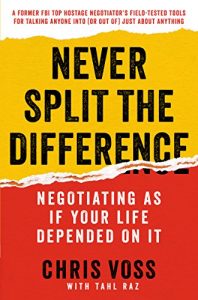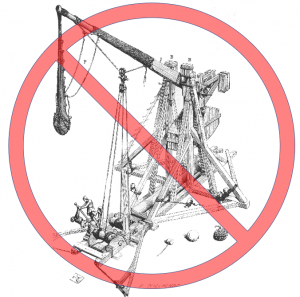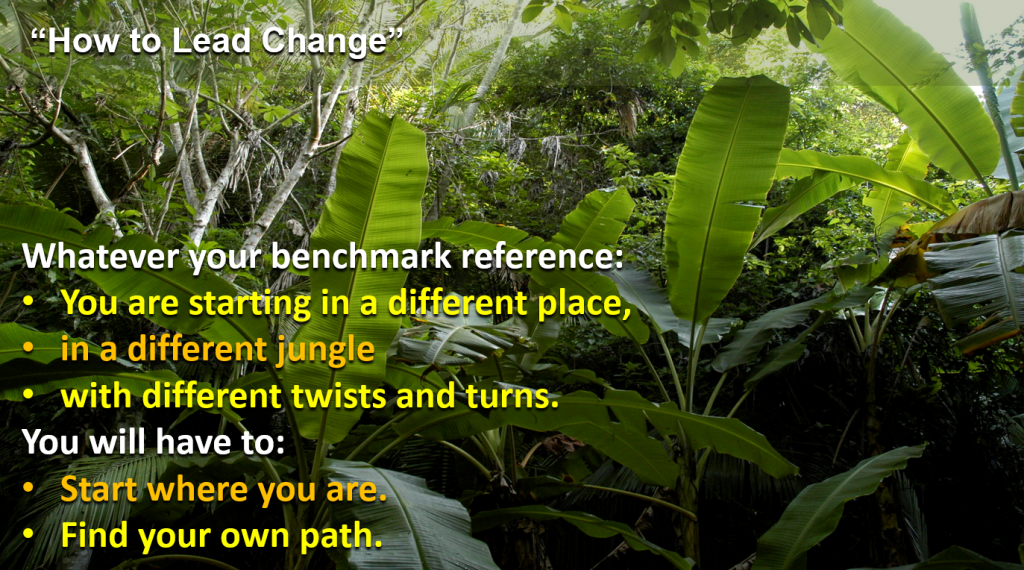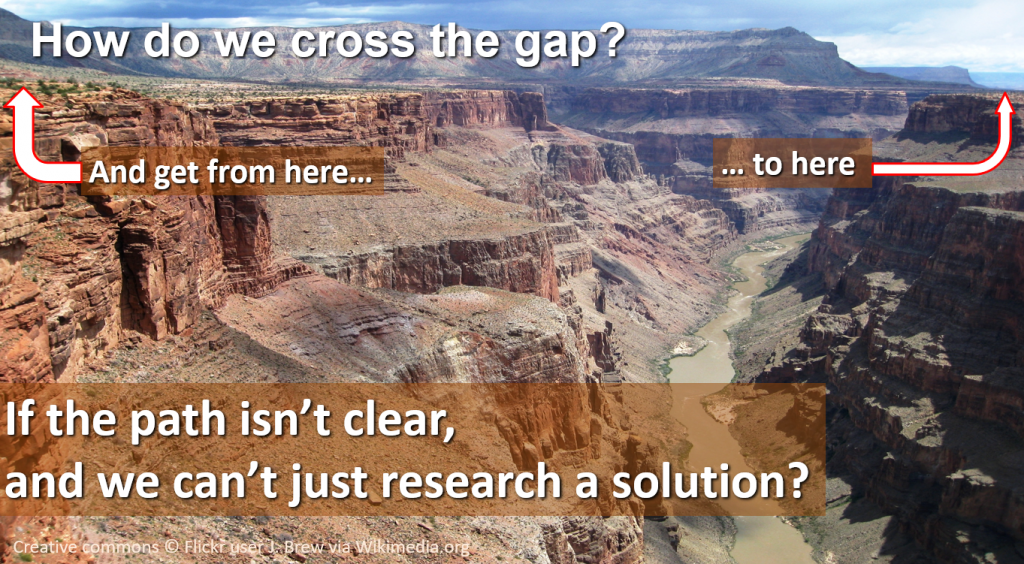I was sitting in on a conversation between a Continuous Improvement Manager and the Operations Manager the other day.
The Operations Manager was asking for help developing good leader standard work.
The C.I. manager was responding that she had already developed it for the Value Stream Manager, the Supervisor.
The Operations Manager said he thought right now, they needed to focus on the Team Leads, the first line of leadership.
The C.I. manager reiterated that she had already prepared standard work for the Value Stream Manager and the Supervisor.
The Operations Manager reiterated that he wanted, right now, to focus on the Team Leads.
This went back and forth three or four times, and the Operations Manager moved on to something else.
The C.I. Manager seemed frustrated and even a little angry.
My Working Hypothesis
The C.I. manager was frustrated because the work she had already done had not been implemented or acknowledged.
The Operations Manager was frustrated because his immediate need was not being acknowledged.
So they were each reiterating, again, what they had said before, neither of them acknowledging what the other was trying to say.
Being Heard as a Change Agent
When you say something, and the other person responds by reiterating what they have already said, this is a Big Red Flag for you. They are not going to hear anything you say until they feel you have heard them.
The cool part is that either of these parties can break the cycle of repetition by shifting into listening mode. I am going to take this from the perspective of the C.I. Manager / change agent since most of you reading this are more likely to be in that position.
 There are lots of classes and materials out there about “active listening” but I really like a simple techniques that Chris Voss shares in his awesome book Never Split the Difference.*
There are lots of classes and materials out there about “active listening” but I really like a simple techniques that Chris Voss shares in his awesome book Never Split the Difference.*
At least they seem simple. But they require a lot of deliberate practice to master as they require breaking long standing unconscious habits. At least I know I’m still working on it.
The Goal: Hear “That’s Right”
The first step to listening is to listen!
Is the other person simply reiterating what they have said before in response to your message? Are you even aware of that? (or are you waiting them to stop talking so you can reiterate your message?) Take responsibility for breaking the cycle. Pay attention to their body language. Try to read how they are feeling right now.
Then test your hypothesis.
Instead of reiterating your message, repeat theirs back to them. Even better if you acknowledge the emotions behind their message.
“It sounds like you are really concerned that the leads don’t know what to do.”
Critical: In the words of Chris Voss, this requires that “late night FM DJ voice.”
 NO sarcasm. NO implied judgement. You must come from a position of being curious about what they are trying to communicate, and what they are feeling.
NO sarcasm. NO implied judgement. You must come from a position of being curious about what they are trying to communicate, and what they are feeling.
You are trying to learn. You are not trying to make them wrong. You are not trying to make a point. You are not trying to be right.
If you are trying to do any of those things, you are not listening. You are, instead, trying to collect ammunition for your next salvo.
You will get one of two responses:
- The other person will correct you.
- The other person will give you some version of “Yeah, that’s right.” Those are the magic words you are trying to hear.
Let’s parse that sentence.
“It sounds like…” (or “It seems like…”). You are not telling them what they are saying. You are telling them what you are hearing and sensing.
This invites correction. “No, that’s not it.” or “No, that’s not what I’m saying.”
They may be frustrated. That is why you must remain the calming influence.
(By the way – this is MUCH easier if you don’t have a stake in the conversation, and the process of being listened to really helps the other person clarify their own position. That is a good place to practice before you are in a high-stakes situation.)
“… you are really concerned…”
Acknowledge how you sense they are feeling. Again, this is inviting correction, clarification or agreement. In either case, you are getting more information.
“… that the leads don’t know what to do.”
This part of the sentence communicates your understanding of what you think is causing the emotion in the other person. Again, this is just an acknowledgment. It doesn’t mean that you agree that this issue should trigger this emotion, you are just acknowledging that it does.
If you don’t get “that’s right” then it is time to humbly and sincerely ask for correction. You have to do so in a way that makes it clear you really care about understanding. (“Seek first to understand.”)
Ideally the other person will attempt to clarify what they are trying to say. Cycle through this until they agree that what you are saying back is what they are trying to convey to you.
Trap: “You’re Right”
Voss points out a trap in this process: The critical difference between “that’s right” and “you’re right.”
First, if you hear “you’re right” that is an indication that the other person perceives you are trying to make your case vs. hearing them. Were you adding to the information? Were you passing judgement?
Next – In this context, “You’re right” often translates as “I’m tired of trying to talk about this.” There isn’t agreement yet. “You’re right” is about you. “That’s right” is about what you were saying. Very different things.
Which leads us to:
Don’t let “being right” about something get in the way of getting what you want or need.
The C.I. manager was right that she had prepared leader standard work for the value stream manager and the supervisor. And she was right that it hadn’t been acted upon.
But by sticking to her guns about that, the Operations Manager was left with the impression that she was refusing to help develop standard work for the team leaders, so he gave up on the conversation.
Here is what happens. Her frustration comes through. His brain (all of our brains) contains “mirror neurons” that invoke in him the emotions he is seeing across the table, which elevates his frustration without him even knowing it.
This is why that calming demeanor is so critical. If the other person picks up sarcasm, negativity, dismissiveness in your voice or body language, that will be reflected right back at you, and amplify everything the wrong way.
After (AFTER!!) getting an acknowledgment that he felt the main priority right now was the Team Leads, the C.I. manager might have created an opening –
State your facts: “I worked really hard on standard work for the value stream leader and supervisor.”
Own your own feelings: “I am feeling frustrated that none of that work was acted upon.” (Avoid victim language like “that makes me feel” or “you make me feel” statements.)
State what you need right now: “I’ll work on the standard work for the leads, but I would like to review the work I have already done and what happened with it so I can avoid the same situation with the leads. Can we do that?”
Finally…
There is no guarantee this works every time. But it works more often than escalating the emotion which probably never works.
_________________
*Why am I touting a book about negotiating? Because change agents must be able to reach agreements with others. And negotiating is a process of agreement creation. Chris Voss is a former FBI hostage negotiator. His job was to create agreements with terrorists, kidnappers, bank robbers. If his techniques work there, they probably work for a change agent in a company.


